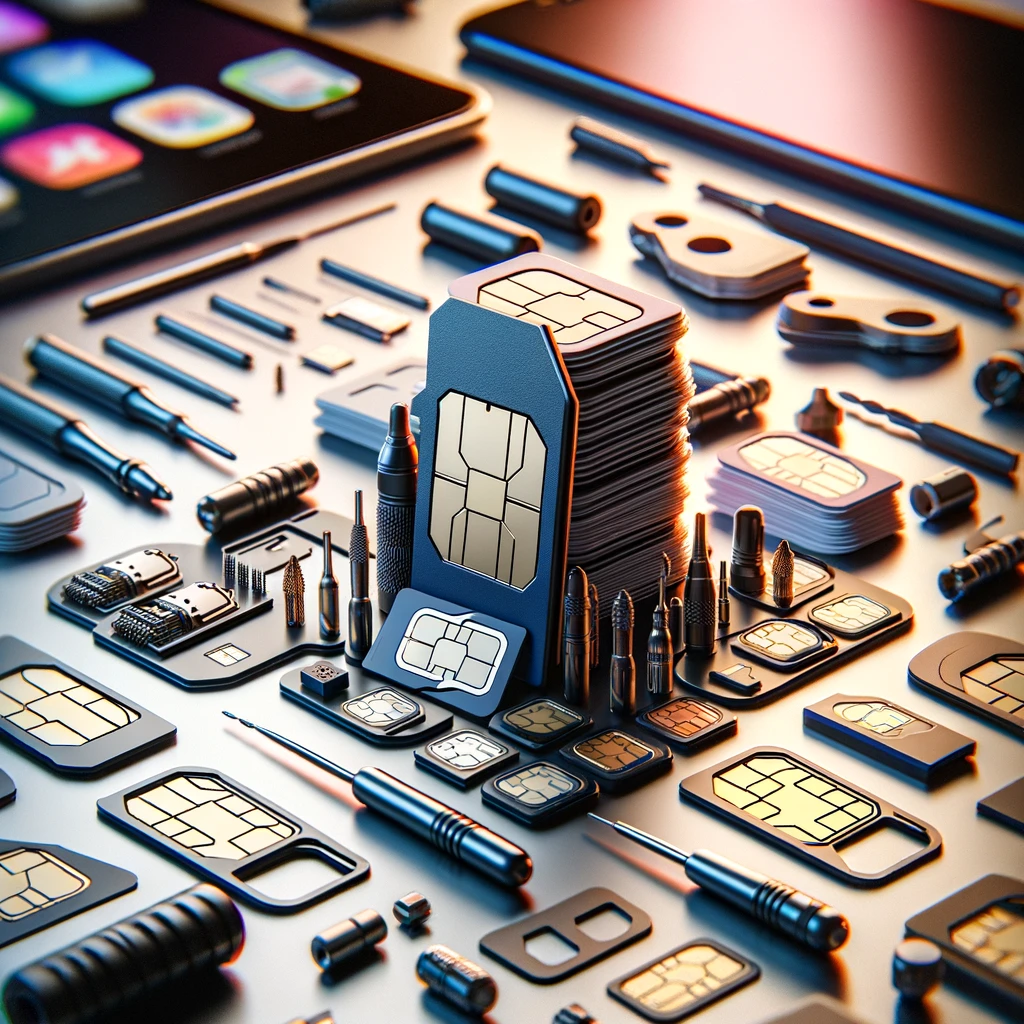
SIM kits, essential components in the mobile telecommunications world, serve as the bridge connecting mobile devices to a network, allowing users to access services like calling, messaging, and data. These kits, typically comprising a SIM card and associated tools, are integral for users to initiate and maintain their mobile service.
A SIM (Subscriber Identity Module) card is a small, smart card that stores the user’s subscription information and personal data. When inserted into a device, it communicates with the mobile network, enabling the device to make and receive calls, send messages, and use cellular data. The information on a SIM card includes the user’s identity, location, network authorization data, personal security keys, and stored contacts, making it a vital component of mobile communication.
The evolution of SIM cards has mirrored the advancements in mobile technology. From the larger standard SIM cards to the much smaller nano-SIMs, each iteration has been about reducing size while maintaining, or even expanding, functionality. This evolution is crucial as it allows for more space for other components in increasingly slim and feature-packed devices.
SIM kits often come with tools to help users install their SIM cards. For instance, a SIM ejector tool is a common inclusion, designed to safely eject the SIM card tray from a device. Some kits also include adapters, allowing a smaller SIM card to fit into devices that require larger sizes, ensuring compatibility across different devices and enhancing user convenience.
Furthermore, SIM kits play a significant role in the user’s mobile experience, especially when switching carriers or devices. They enable a seamless transition, ensuring that users can retain their existing numbers and service without interruption. This is particularly beneficial in today’s mobile-centric world, where uninterrupted connectivity is crucial.
For travelers, international SIM kits offer a practical solution to avoid roaming charges. These kits provide a local number and data plan, facilitating affordable communication while abroad. This convenience underscores the adaptability of SIM technology to meet diverse user needs.$In the context of network security, the SIM card’s role is paramount. It securely stores the International Mobile Subscriber Identity (IMSI) and related keys, which are essential for encrypting communications. This encryption is critical in protecting the user’s data from potential eavesdropping and ensuring secure communication.
With the advent of eSIM technology, the physical SIM card is undergoing another transformation. An eSIM (embedded SIM) is built directly into the device, allowing users to activate a cellular plan without a physical SIM card. This advancement not only streamlines device design but also offers greater flexibility in managing mobile subscriptions. However, traditional SIM kits remain prevalent, offering a tangible and familiar solution for many users.
SIM kits are more than just a means to connect to a mobile network; they are a cornerstone of mobile communication, offering security, flexibility, and convenience. As technology advances, the form and function of SIM kits will continue to evolve, but their fundamental role in connecting users to a global network of communication and information remains unchanged.